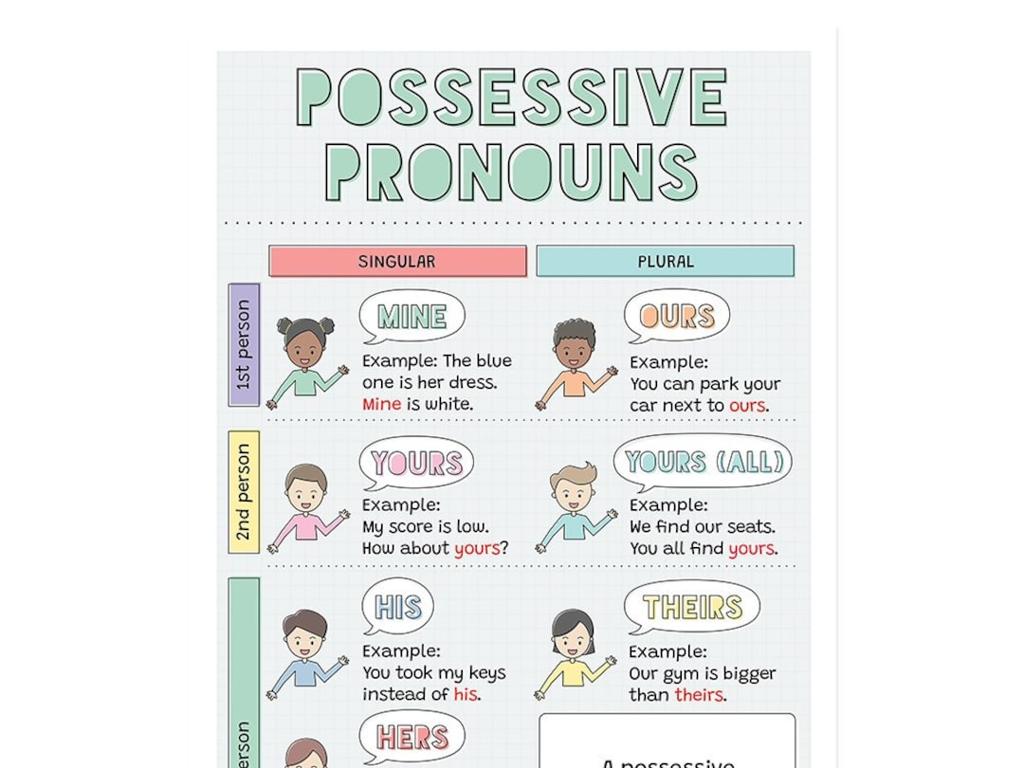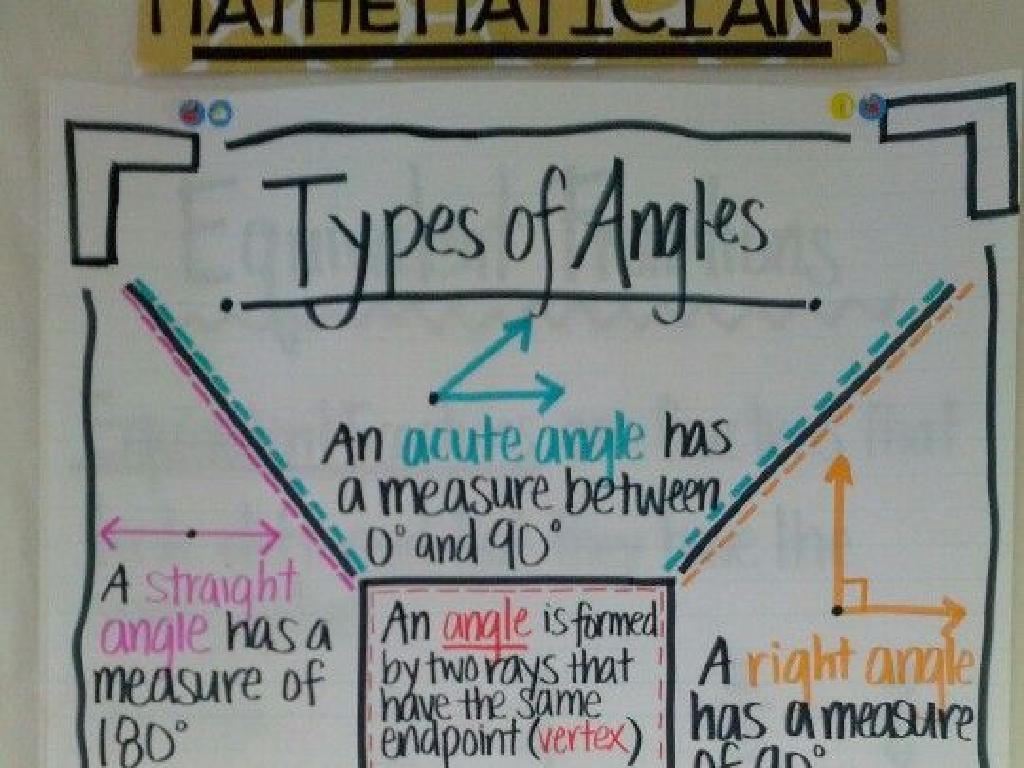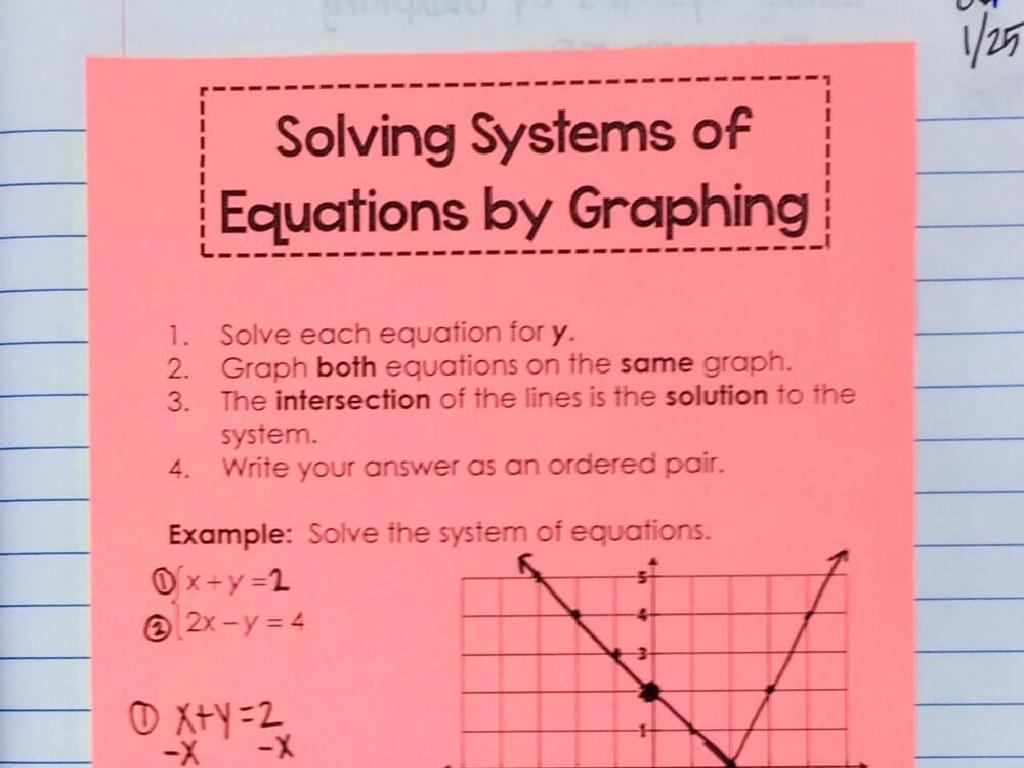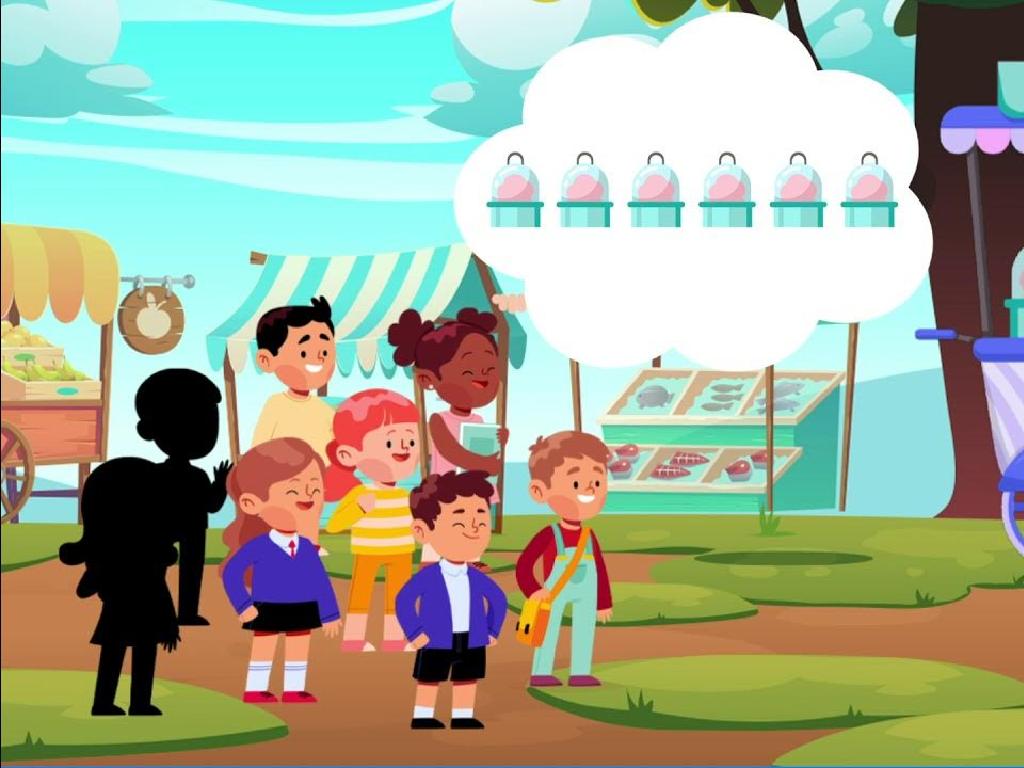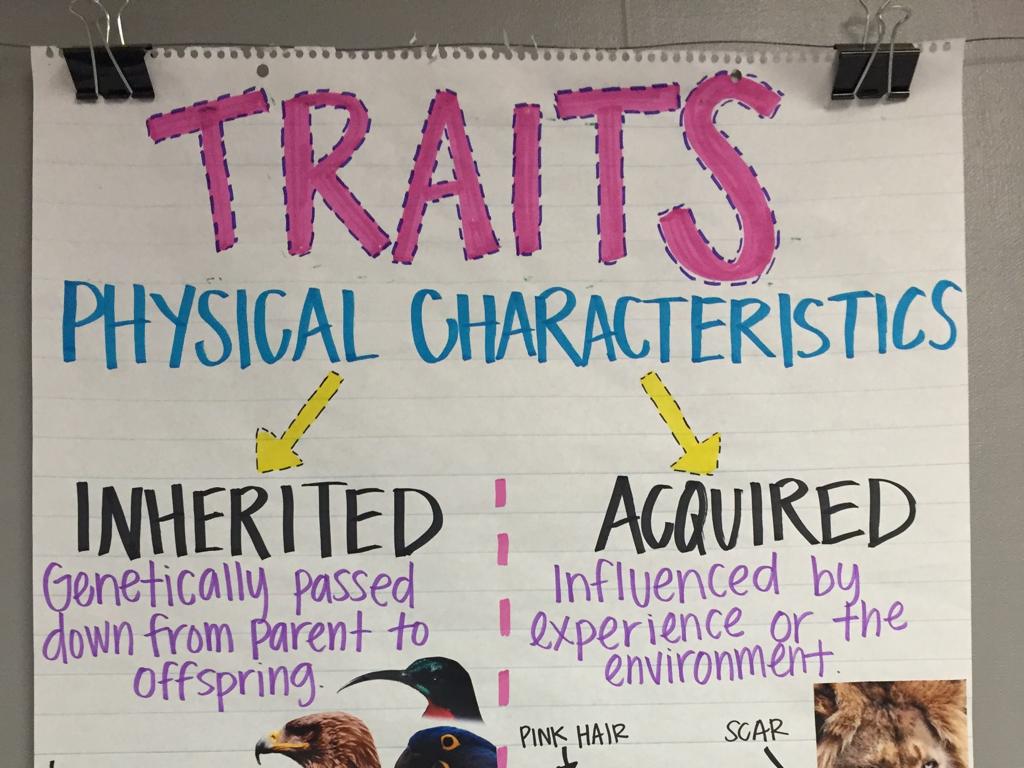Debit Cards And Credit Cards
Subject: Math
Grade: Sixth grade
Topic: Financial Literacy
Please LOG IN to download the presentation. Access is available to registered users only.
View More Content
Financial Literacy: Debit & Credit Cards
– Understanding the value of money
– Money is used to buy goods and services.
– Overview of Financial Literacy
– Financial Literacy means managing money wisely.
– Exploring Debit Cards
– Debit cards use money you already have.
– Exploring Credit Cards
– Credit cards let you borrow money to pay back later.
|
This slide introduces students to the concept of financial literacy with a focus on debit and credit cards. Begin by discussing the role of money in everyday life and its importance in trade and economics. Explain that financial literacy is the ability to understand and make good decisions with money. Highlight that today’s lesson will concentrate on two common financial tools: debit and credit cards. Debit cards are linked to one’s bank account and use the money available, while credit cards offer a line of credit to borrow against, which must be repaid, often with interest. Emphasize responsible use and the differences between spending one’s own money versus borrowed money.
Understanding Money: Forms and Functions
– Define money
– Money is any item that is widely accepted in exchange for goods and services.
– Explore forms of money
– Cash is physical money; checks are written orders for banks to pay money; cards represent money in accounts.
– Money as exchange medium
– It’s used to buy things we need or want, replacing the barter system.
– Transition from cash to cards
– Cards, like debit and credit, are convenient forms of money, reducing the need for cash or checks.
|
This slide introduces the concept of money, its definition, and its various forms, including cash, checks, and cards. Emphasize that money serves as a medium of exchange, facilitating trade by eliminating the inefficiencies of a barter system. Highlight the evolution of money from physical cash to digital forms like debit and credit cards, which offer convenience and security. Encourage students to think about how they or their families use different forms of money in daily life. Discuss the pros and cons of each form, setting the stage for a deeper dive into financial literacy and the specifics of debit and credit cards.
Understanding Debit Cards
– What is a Debit Card?
– A card that deducts money directly from your bank account
– Debit Card functionality
– Used for purchases or ATM withdrawals
– Connection to Bank Accounts
– Must have a bank account to have a debit card
– Responsible use of Debit Cards
– Track spending to avoid overdraft fees
|
This slide aims to introduce students to the concept of debit cards as a part of financial literacy. A debit card is a payment card that directly deducts money from a consumer’s checking account to pay for a purchase, unlike credit cards, which use borrowed money from the bank that must be paid back. It’s important to explain that while debit cards can be used similarly to credit cards, the money comes directly from the user’s bank account. Discuss the importance of keeping track of the account balance to avoid overdraft fees. Encourage students to think about why it’s important to manage their money wisely and how debit cards can help with budgeting.
Understanding Credit Cards
– What is a Credit Card?
– A card issued by a bank allowing you to borrow funds for purchases
– How Credit Cards function
– You borrow money up to a certain limit and pay back later, often with interest
– Credit vs. Debt
– Credit is borrowed money; debt is what you owe
– Responsible Credit Card use
|
This slide introduces students to the concept of credit cards as part of their financial literacy education. Begin by explaining that a credit card is a tool issued by financial institutions that lets you borrow money to make purchases. Clarify that the money spent on a credit card must be paid back, and if it’s not paid back in full by the due date, interest is charged on the remaining amount. Discuss the difference between credit (borrowing power) and debt (money owed), and emphasize the importance of using credit cards responsibly to avoid accumulating debt. Use examples relevant to their understanding, such as comparing borrowing a book from the library and having to return it, to borrowing money with a credit card.
Comparing Debit and Credit Cards
– Similarities of Debit & Credit Cards
– Both can be swiped for purchases & require PINs for security.
– Key Differences & Usage
– Debit cards use money you have, credit cards borrow money you pay back.
– Interest on Credit Cards
– Interest is a fee for borrowing money on credit cards, not on debit.
– Responsible Card Use
|
This slide aims to educate students on the basic financial tools of debit and credit cards. Highlight the similarities, such as both being plastic payment methods and requiring personal identification numbers (PINs) for transactions. Discuss the differences, emphasizing that debit cards draw from existing funds while credit cards are a form of borrowing that must be repaid, often with additional interest. Explain interest as a concept, how it accrues on borrowed money, and why it’s important to use credit cards responsibly to avoid debt. Encourage students to think critically about when to use each type of card and the importance of managing money wisely.
Responsible Use of Cards
– Importance of responsible card use
– Prevents debt and builds credit score
– Risks of irresponsible spending
– Can lead to debt and affect credit score
– Strategies for card management
– Set spending limits, track expenses
– Establishing good financial habits
– Early habits set the stage for future
|
This slide emphasizes the importance of responsible financial behavior when using debit and credit cards. It’s crucial for students to understand that every swipe has an impact on their financial health. Irresponsible use can lead to debt accumulation and a poor credit score, which can affect their ability to make significant purchases in the future. To manage card usage effectively, students should learn to set spending limits, monitor their transactions, and differentiate between wants and needs. Establishing good financial habits at a young age is essential for long-term financial stability. Encourage students to discuss responsible spending habits with their families and to practice these skills with hypothetical or real-life scenarios.
Using Debit and Credit Cards
– Debit card store scenario
– Imagine buying a toy with a debit card, which takes money directly from your bank account.
– Credit card online purchases
– Think of ordering a game online with a credit card, which you pay for later.
– Paying off credit card balance
– It’s important to pay what you owe on a credit card to avoid extra fees.
|
This slide aims to provide practical scenarios to help students understand the use of debit and credit cards. For the debit card scenario, explain that using a debit card is like spending cash, as the money is deducted from your bank account immediately. For the credit card scenario, clarify that it’s like borrowing money to be paid back later, often with interest if not paid in full. Emphasize the importance of paying off the credit card balance to avoid interest charges and maintain good financial health. Use these examples to discuss responsible spending and the concept of credit. Encourage students to ask questions about situations they might encounter in their daily lives.
Class Activity: Budgeting with Cards
– Understand budget management
– Each student gets a mock budget
– Pretend budget and debit/credit card for practice
– Decide spending with mock cards
– Make spending decisions, track debit and credit
– Reflect on spending choices
– Think about how and why you spend
|
This activity is designed to give students a practical understanding of managing finances using debit and credit cards within a set budget. Distribute mock budgets and cards to each student. They will simulate spending on various items and track their expenses. Provide scenarios where students must choose between using debit or credit and explain the consequences of each choice. Encourage them to think critically about wants versus needs. After the activity, have a discussion about their spending decisions and the importance of budgeting. Possible variations of the activity could include dealing with unexpected expenses, earning ‘extra money’ for good decisions, or facing the consequences of overspending.
Understanding Debit & Credit Cards
– Recap: Debit vs. Credit Cards
– Debit cards draw money directly from your bank, while credit cards allow you to borrow money up to a certain limit.
– Financial Literacy Matters
– Knowing how to manage money is a key life skill that helps you make informed financial decisions.
– Your Questions Answered
– Practice Smart Spending
– Use what you’ve learned to handle money wisely and avoid debt.
|
This slide aims to summarize the key points about debit and credit cards, emphasizing the importance of financial literacy. Start by recapping the differences between debit and credit cards, highlighting how each affects personal finance. Stress the significance of understanding financial concepts from an early age, as it empowers students to make smart money choices in the future. Open the floor for questions, encouraging students to clarify any doubts they may have about the topic. Conclude by reminding them to apply their knowledge to real-life situations, promoting responsible spending and saving habits.

